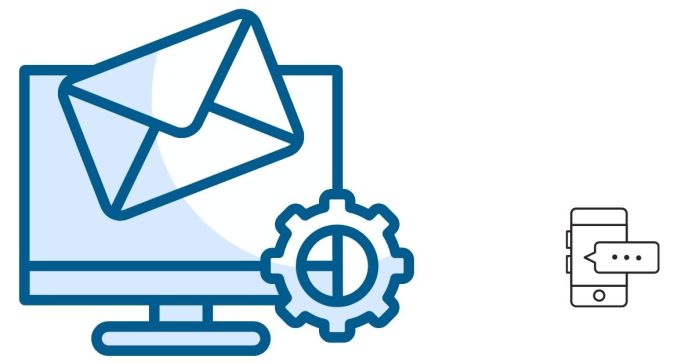ICMP is a crucial part of the Internet Protocol suite. ICMP is used by network devices, like routers and computers, to send error messages and operational information about network conditions.
Here’s a brief overview:
ICMP Protocol Overview:
- Purpose: ICMP is mainly used for diagnostic or error-reporting purposes, such as indicating that a service is unavailable or a host or router could not be reached.
- Common Usage:
- Ping: One of the most common uses of ICMP is the ping command, which checks the connectivity between two devices on a network by sending ICMP Echo Request messages and receiving ICMP Echo Reply messages.
- Traceroute: Another use is traceroute, which identifies the route packets take to a destination by using ICMP Time Exceeded messages.
ICMP Message Types:
- Echo Request (Type 8) and Echo Reply (Type 0):
- Used by tools like Ping to check if a device is reachable.
- Destination Unreachable (Type 3):
- Sent when a router or device cannot reach the intended destination.
- Time Exceeded (Type 11):
- Sent when a packet’s Time To Live (TTL) expires, usually seen during a traceroute.
- Redirect (Type 5):
- Used to notify a device about a better route for packet delivery.
- Source Quench (Type 4):
- A deprecated message indicating that the sender should reduce the rate of transmission.
ICMP Structure:
Each ICMP message consists of:
- Type (8 bits): Indicates the type of message.
- Code (8 bits): Provides additional information or subcategories related to the message type.
- Checksum (16 bits): Used to verify the integrity of the message.
- Data: The payload of the message, which depends on the message type.
ICMP is a core part of network management, helping identify issues and measure network performance, though it can also be used maliciously for denial-of-service attacks (e.g., ping flooding).


